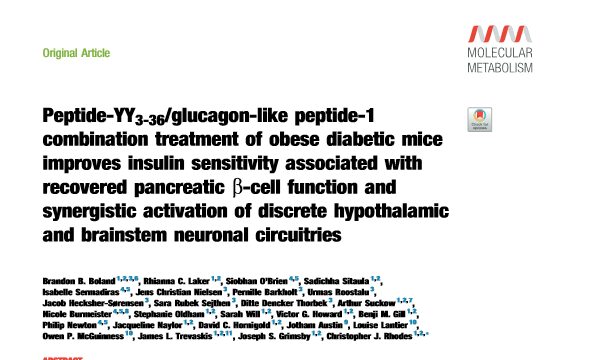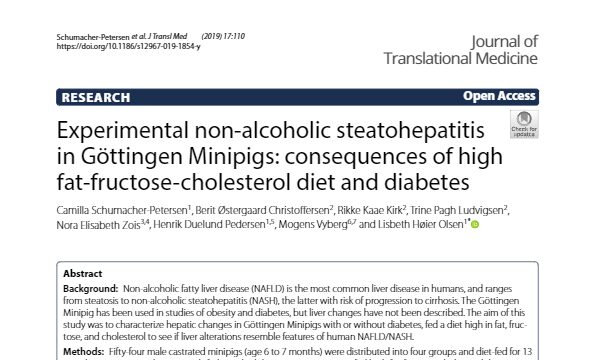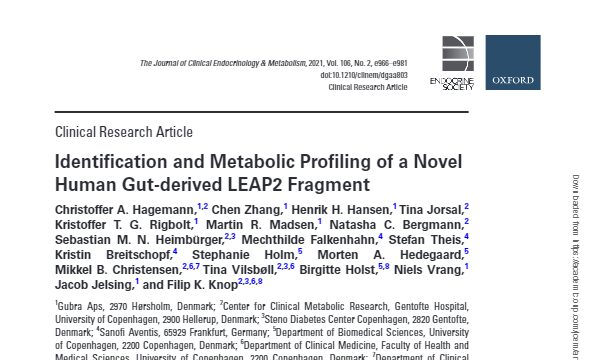Publication
TAAR1 Agonists Improve Glycemic Control, Reduce Body Weight and Modulate Neurocircuits Governing Energy Balance and Feeding
Molecular Metabolism 80:101883, 2024. Dedic N, Wang L, Hajos-Korcsok E, Hecksher-Sørensen J, Roostalu U, Vickers SP, Wu S, Anacker C, Synan C, Jones PG, Milanovic S, Hopkins SC, Bristow LJ, Koblan KS
Share this page
Related resources
For further information
Contact us
Gubra
Hørsholm Kongevej 11B
2970 Hørsholm
Denmark
+45 3152 2650



